The fag end of October. Dark evenings. My smelly old Barbour. Chopping and splitting wood. Uncanny stillnesses. Psychedelic maple trees. The thin winter piping of robins. Sodden leaves clinging to the soles of my boots. And Liberty Caps dotting the pastures.
Our Liberty Cap is an insignificant-looking thing. A bent, spindly stalk supports a tiny parasol tapering to the distinctive nipple. The parasol is rusty brown when wet, drying in the sunshine to a pale yellow. They grow singly or in small groups. The psychoactive agents are psilocin and psilocybin. (Therapists in the United States lawfully give cancer patients psilocybin to take them out of themselves and cheer them up. The intensely mystical experience reported by three quarters of them apparently drives a coach and horses through their narrow egotistical perspectives, resulting in lasting cheerfulness.) British Liberty Caps are among the most potent hallucinogenic mushrooms in the world; the psychoactive constituents account for anything up to 2 per cent of their dried weight. Generally speaking, a dozen of these magic mushrooms eaten straight from the ground might be enough to send you on your way for four to five hours. Double that and you’ll be in the fast lane. Our nit-picking law says we may pick and eat them in their natural state, but if we ‘prepare’ them in any fashion — dry them, for example, or make a pot of tea with them — we will be subject to the stiff penalties associated with the Class As.
The first time I ate magic mushrooms was one autumn in my early twenties. I was picking potatoes with a gang of itinerant labourers in a muddy field in Oxfordshire, and I got chatting to the fellow in the next furrow. He was about twice my age and he had a Zapata moustache and a humorous, outdoor face. He was going to huck spuds in the morning and in the afternoon he was going to pick magic mushrooms: why didn’t I come along? So at lunch break, instead of sitting down to eat our sandwiches, he and I got into his shed of a car and he drove us a few miles to a quiet wood. We parked and I followed him through the wood until we came to a small cow pasture closely bounded by tall trees.
It was a peaceful spot. The pasture was lush: about three to four inches high. My colleague explained that he’d picked magic mushrooms here for several years and he described the appearance of a Psilocybe semilanceata as best he could. We dropped to our knees and began combing the grass with our fingers. It took a while before he found our first. He showed one on the open palm of his calloused, mud-caked hand, drawing my attention to the unmistakable crowning nipple. Then he popped it into his mouth and we returned to the search.
Eventually, I found a similar one, showed it to him, got the nod, and ate it. Unsurprisingly it tasted only of raw mushroom. After another absorbing half an hour, I’d found and eaten perhaps six or seven. I asked him how many he had found. On his knees 20 feet away, he said he’d found about ten. I made the observation that the more I ate, the easier they were to find, and his laugh was complicit and sort of shamanistic. It was true. After about my 20th, I had the impression that not only were they easier to find, but they were also signalling sentiently to me. Suddenly they looked glamorous and golden and even lordly, and it seemed incredible that they had been initially so hard to find.
I can’t remember how many we each found and ate: perhaps 40 or 50. Loads, anyway. I remember dumping a tangle of them in one of my sandwiches when we got back to the car. And then we drove away, both of us speechless. But driving became too concrete a thing for him to deal with, and he soon had to stop. He drew off the road next to an old five-bar gate. On the far side of this old gate was a golf course, and not ten yards from where we sat was a tee. And for what seemed like the next few hours we sat and watched serious-faced golfers arrive at this tee, size up the offing, drive off, then exit, stage left. It wasn’t funny; it was totally amazing. The golfers seemed to belong to some bizarre and alien species. My state of mind? I can’t describe it. The dialogue between Alice and the Caterpillar is the best analogy I can think of; especially when the Caterpillar says, ‘So you think you’re changed, do you?’ ‘I’m afraid I am, sir,’ said Alice. ‘I can’t remember things as I used — and I don’t keep the same size for ten minutes together!’
Got something to add? Join the discussion and comment below.
Get 10 issues for just $10
Subscribe to The Spectator Australia today for the next 10 magazine issues, plus full online access, for just $10.


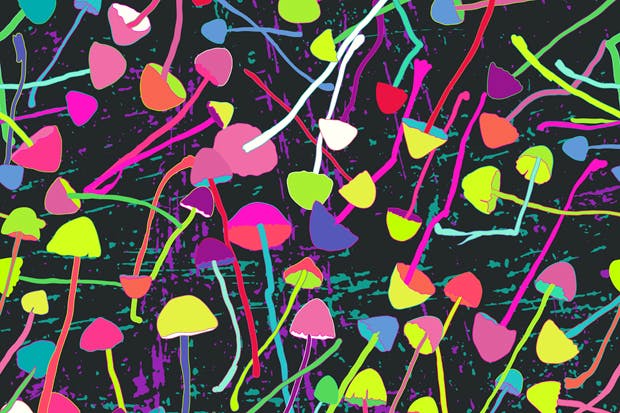

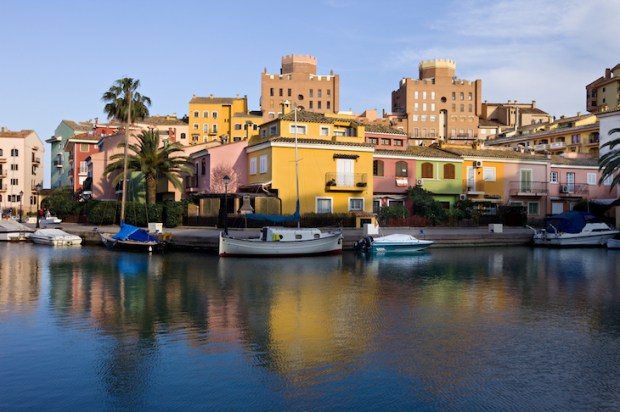
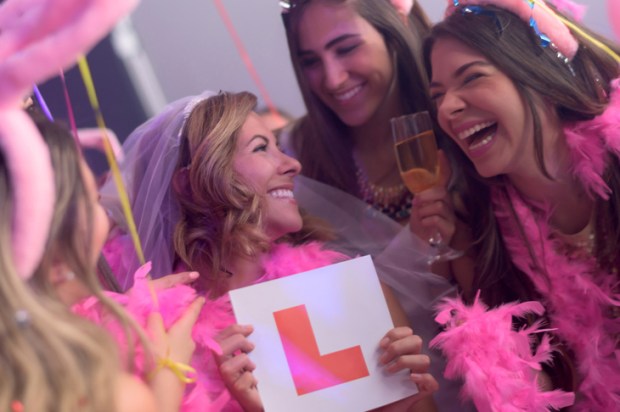
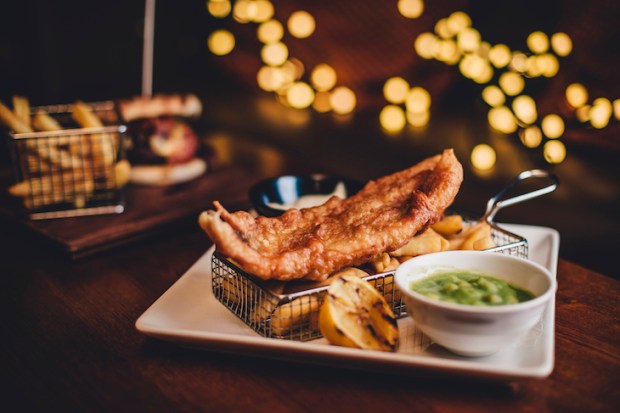
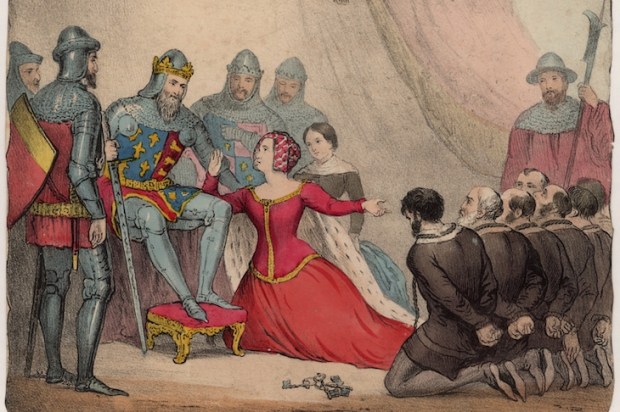







Comments
Don't miss out
Join the conversation with other Spectator Australia readers. Subscribe to leave a comment.
SUBSCRIBEAlready a subscriber? Log in